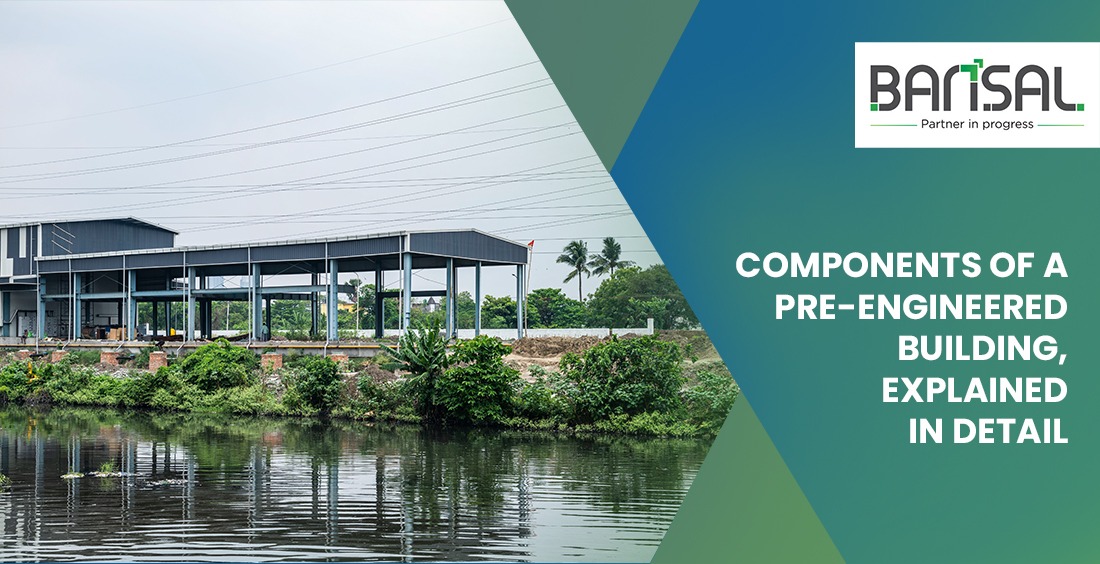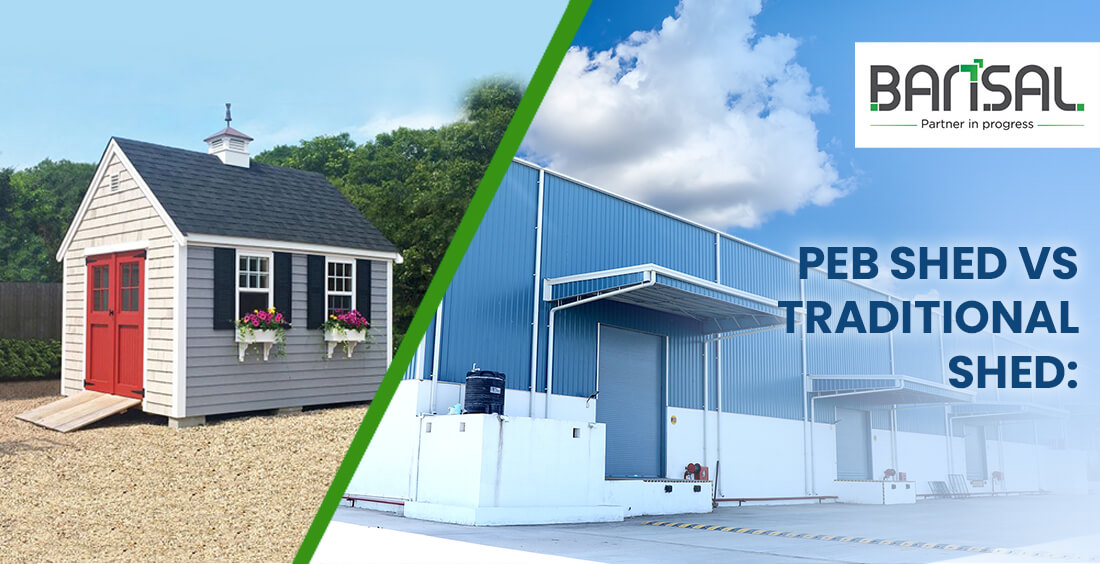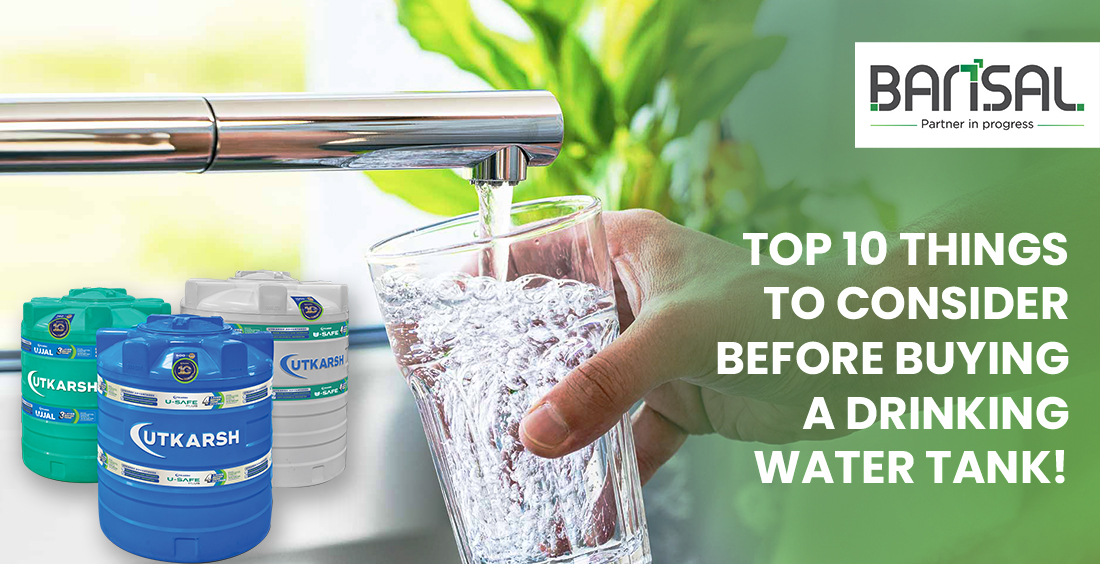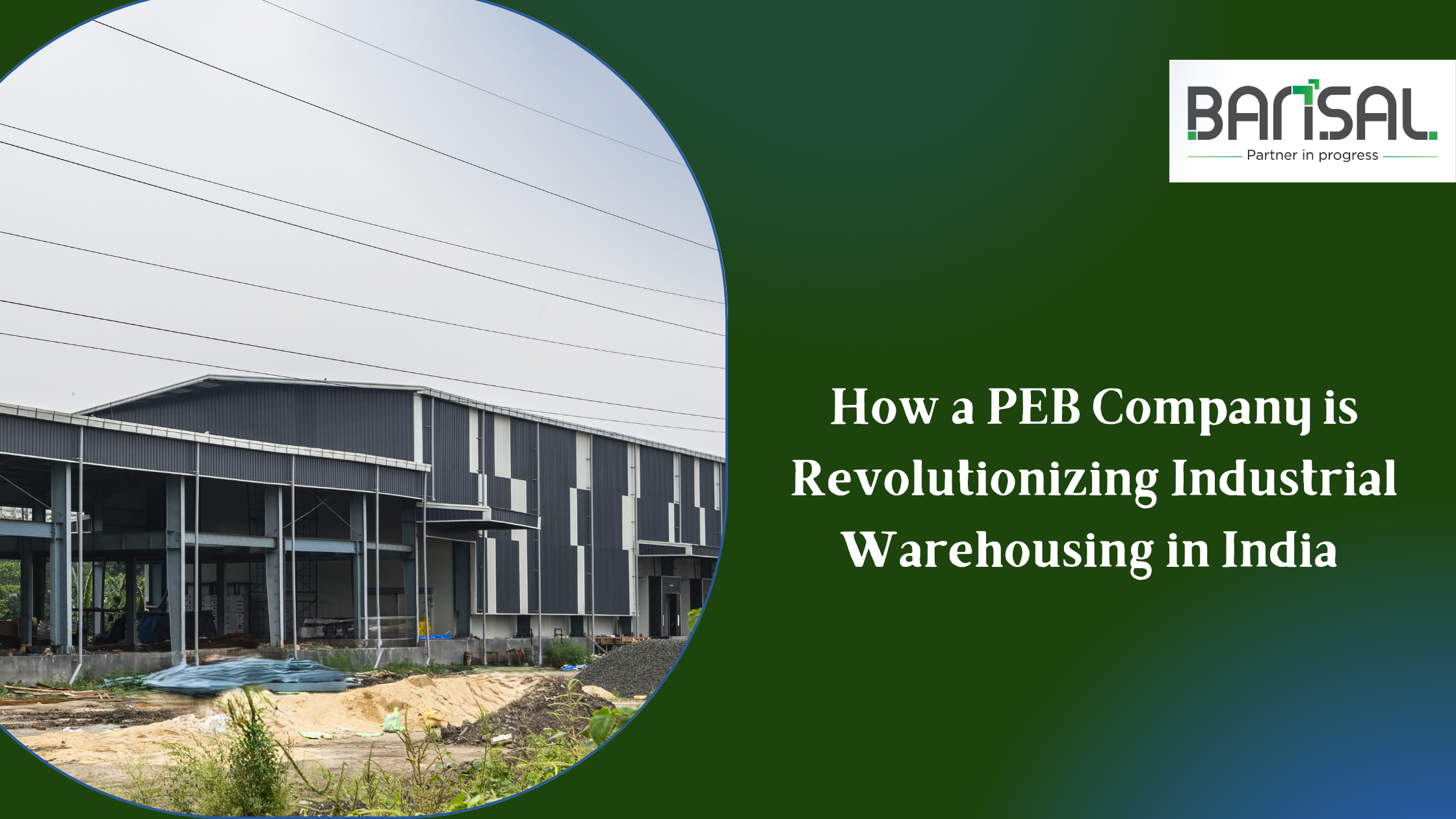
Components of a Pre-Engineered Building – Explained in Detail
Posted on: Aug 19, 2025
When it comes to modern construction, Pre-Engineered Buildings (PEBs) are transforming the industry with their cost-effectiveness, speed of installation, and design flexibility. Whether you are building warehouses, factories, showrooms, or commercial spaces, choosing the right PEB building company can make a significant difference in quality, durability, and long-term value.
To better understand how these buildings work, let’s explore the major PEB structure components and their roles in delivering a sturdy and efficient building solution.
1. Primary Framing
The primary framing is the backbone of any PEB. It typically consists of rigid steel frames that support the entire structure. This includes:
- Columns – Vertical steel members that carry the load.
- Rafters – Sloped beams that connect columns and provide roof support.
- Main Frames – Combination of columns and rafters designed to bear the weight of the building and withstand external forces like wind and seismic loads.
2. Secondary Framing
Secondary framing provides additional support and stability to the structure. Common components include:
- Purlins & Girts – Horizontal members that support roof and wall panels.
- Eave Struts – Support elements at the junction of roof and wall.
- Bracings – Diagonal members that enhance rigidity and distribute loads evenly.
3. Roof & Wall Panels
PEBs use high-quality steel panels for roofing and walls, which are often coated for corrosion resistance and aesthetic appeal. These panels may be:
- Single-Skin Panels – Cost-effective and widely used.
- Insulated Panels – For temperature control in warehouses, cold storages, and factories.
4. Structural Accessories
Accessories improve functionality and aesthetics. These include:
- Ridge Vents – For ventilation.
- Louvers – To allow airflow.
- Skylights – For natural lighting.
- Canopies & Mezzanine Floors – For additional space and utility.
5. Fasteners & Sealants
High-quality fasteners, bolts, and sealants are essential for structural integrity and weather resistance. These small yet crucial components ensure your PEB lasts for decades without frequent repairs.
6. Insulation & Weather Protection
Thermal insulation materials, vapor barriers, and waterproof membranes help maintain temperature, reduce energy costs, and protect the building from harsh weather conditions.
Why Choosing the Right PEB Building Company Matters
Every component of a PEB must be engineered precisely to match the project’s requirements. A reliable PEB building company ensures:
- Accurate design and engineering.
- Use of high-grade steel and materials.
- Faster delivery and assembly.
- Compliance with safety and building codes.
If you are planning to invest in a durable, energy-efficient, and cost-effective building, working with experienced pre engineered building manufacturers in India is the best way to ensure your project’s success.
Final Thoughts
Understanding the PEB structure components helps you make informed decisions while choosing materials, designs, and suppliers. The right manufacturer will not only deliver precision-engineered components but also guide you through every step of the construction process, ensuring your building is built to last.




Comments (0)
Post Your Comment